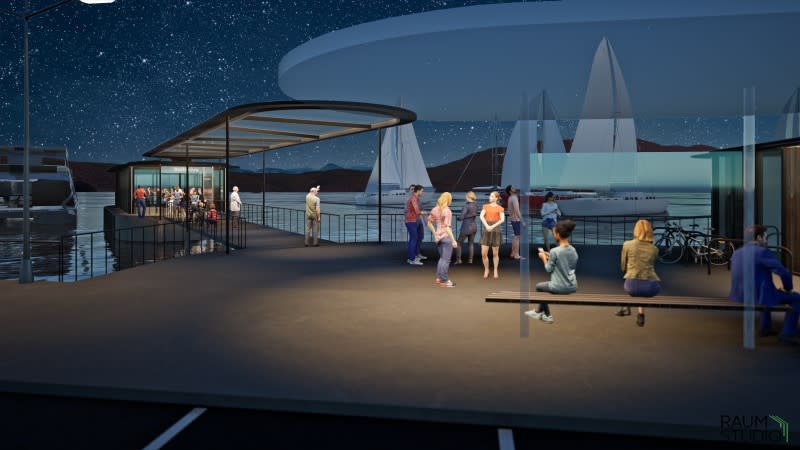Hobart’s Traffic-Busting Ferry Services to Expand

Plans for a new Bellerive ferry terminal have been revealed as part of a $20-million transport masterplan for Hobart’s Derwent River ferries.
The Tasmanian Government will provide $5 million in funding for the project, which would upgrade the terminal that is used by 500 passenger daily.
Since the ferry service began as a trial in 2021 more than 380,000 trips have been completed.
A development application for the upgrade is to be filed with the Clarence City Council by the end of this month.
The plans include a new indoor waiting areas, more seating, bicycle storage options and increased accessibility.
The new terminal is part of the $20-million draft River Derwent Ferry Service Masterplan.
Construction is planned to begin between 6 and 12 months after the project is approved.

As well, consultation and engagement on another three new ferry terminals in the masterplan is about to begin.
The terminals are planned for Lindisfarne Bay, Sandy Bay and Wilkinson’s Point.
The masterplan also identified other possible terminal locations including Howrah, Regatta Point and Kingston Beach.
The ferry service aims to reduce congestion to and from Hobart during peak traffic periods, as well as creating more choices of travel for events and better places along the river.
The masterplan reviewed 33 potential sites between New Norfolk, Woodbridge and Nubeena, ranking them against 18 criteria including water depth, demand and if ferries were faster than cars.

Ten sites were ultimately identified by the masterplan for potential development that included the eight highest-ranked sites as well as two chosen by councils. That number was reduced to eight by assessing how well each site would complement the existing public transport network.
Four Greater Hobart councils will manage the $20 million in Federal government funding to build the ferry infrastructure—the Clarence, Glenorchy, Hobart and Kingborough councils.
The Tasmanian government will plan, design and manage the public transport service contracts with the service operators—$19 million has been allocated for services over the next four years.














